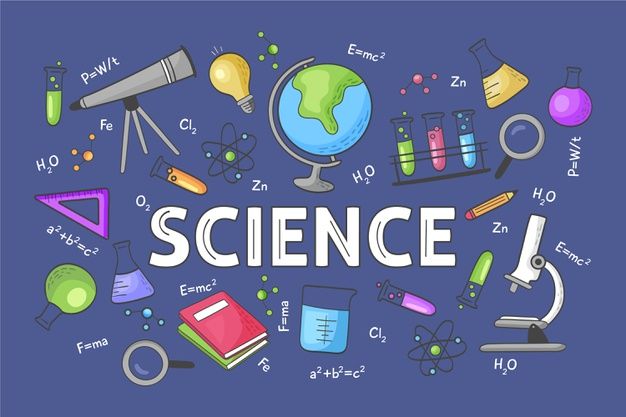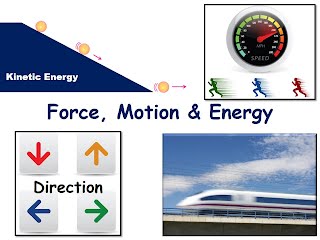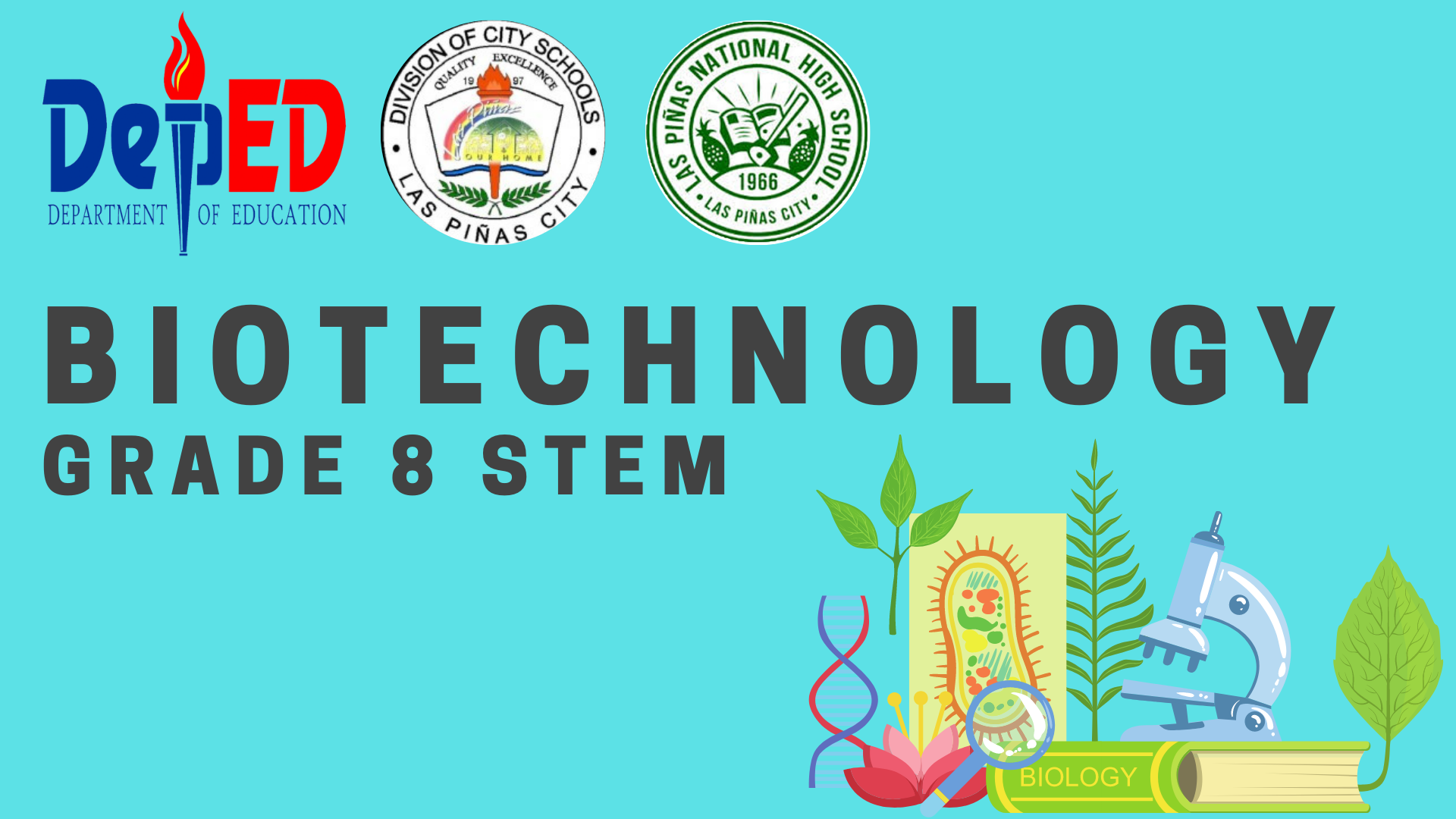
305430- Science 8
Science is a systematic enterprise that builds and organizes knowledge in the form of testable explanations and predictions about the universe.

305430 Grade 8 Science
At the end of Grade 8, learners can describe the factors that affect the motion of an object based on the Laws of Motion. They can differentiate the concept of work as used in science and in layman’s language. They know the factors that affect the transfer of energy, such as temperature difference, and the type (solid, liquid, or gas) of the medium.
Learners can explain how active faults generate earthquakes and how tropical cyclones originate from warm ocean waters. They recognize other members of the solar system.
Learners can explain the behaviour of matter in terms of the particles it is made of. They recognize that ingredients in food and medical products are made up of these particles and are absorbed by the body in the form of ions.
Learners recognize reproduction as a process of cell division resulting in growth of organisms. They have delved deeper into the process of digestion as studied in the lower grades, giving emphasis on proper nutrition for overall wellness. They can participate in activities that protect and conserve economically important species used for food.
305430- SCIENCE 8
Motion draws our attention. Motion itself can be beautiful, causing us to marvel at the forces needed to achieve spectacular motion, such as that of a dolphin jumping out of the water, or a pole vaulter, or the flight of a bird, or the orbit of a satellite.
The study of motion is kinematics, but kinematics only describes the way objects move—their velocity and their acceleration. Dynamics considers the forces that affect the motion of moving objects and systems. Newton’s laws of motion are the foundation of dynamics. These laws provide an example of the breadth and simplicity of principles under which nature functions. They are also universal laws in that they apply to similar situations on Earth as well as in space.
The study of motion is kinematics, but kinematics only describes the way objects move—their velocity and their acceleration. Dynamics considers the forces that affect the motion of moving objects and systems. Newton’s laws of motion are the foundation of dynamics. These laws provide an example of the breadth and simplicity of principles under which nature functions. They are also universal laws in that they apply to similar situations on Earth as well as in space.

305430-SCIENCE 8
At the end of Grade 8, learners can describe the factors that affect the motion of an object based on the Laws of Motion. They can differentiate
the concept of work as used in science and in layman’s language. They know the factors that affect the transfer of energy, such as temperature
difference, and the type (solid, liquid, or gas) of the medium.
Learners can explain how active faults generate earthquakes and how tropical cyclones originate from warm ocean waters. They recognize other
members of the solar system.
Learners can explain the behaviour of matter in terms of the particles it is made of. They recognize that ingredients in food and medical products
are made up of these particles and are absorbed by the body in the form of ions.
Learners recognize reproduction as a process of cell division resulting in growth of organisms. They have delved deeper into the process of
digestion as studied in the lower grades, giving emphasis on proper nutrition for overall wellness. They can participate in activities that protect
and conserve economically important species used for food.

STEM Biotechnology- Grade 8
Biotechnology for Grade 8 is a course for learners who are under Science, Technology, Engineering, and Mathematics (STEM) program in the Special Science Program designed to equip learners with a comprehensive introduction to the scientific concepts currently used in the field of biotechnology. This course will help the learners to attain a deeper understanding of the biological concepts used in the said field.